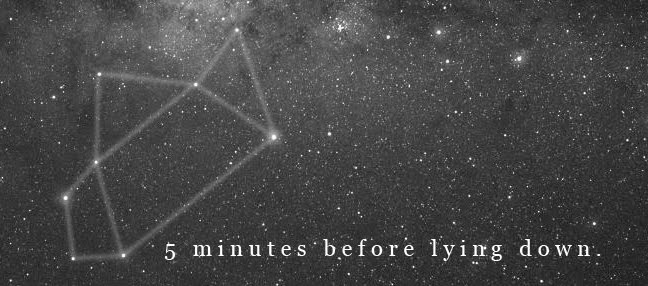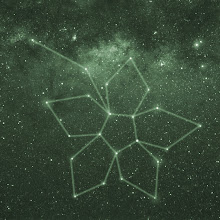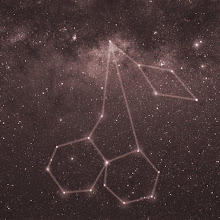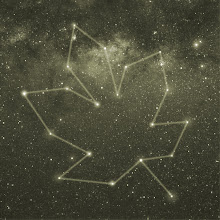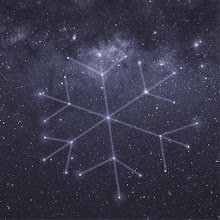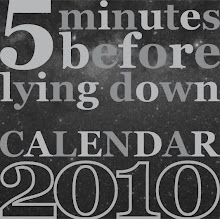I love jazz standards. I love their melancholic mood, their simple but expressive lyrics about well-known emotions, their ever-green property, the countless performances of them. This feeling reaches me very often, and I wanted to know more about these songs, more than its lyrics and nice melodies. The stories behind, the circumstances of their birth, the authors' thoughts. Jazzstandards.com helps me of course but I prefer reading in books, not on web. This site helps in this, too, because it offers a big range of books on this topic. With the help of Amazon's Look inside! function I chose the most interesting ones and maybe I'll read one of them in the summertime this year.
Listening to classic American popular songs
 This book will be read by musicians because its main feature is sheet and lyrics of twenty-three well-known songs, like I've got you under my skin, Autumn in New York, Come rain or come shine, etc. It also gives some knowledge about harmony, melody and rhythm in the first part of the book, and you can listen to the songs as well on the cd attached to the book.
This book will be read by musicians because its main feature is sheet and lyrics of twenty-three well-known songs, like I've got you under my skin, Autumn in New York, Come rain or come shine, etc. It also gives some knowledge about harmony, melody and rhythm in the first part of the book, and you can listen to the songs as well on the cd attached to the book.The NPR's curious listener's guide to popular standards
 The main advantage of this book is that it doesn't only write about 100 songs, it also describes the songwriters, the performers, it defines the meaning of it and shows the whole evolution of this style.
The main advantage of this book is that it doesn't only write about 100 songs, it also describes the songwriters, the performers, it defines the meaning of it and shows the whole evolution of this style.The Great American Songbook: Stories of the standards
 This book tells us the stories of the standards and their writers, such as: Night and day: Cole Porter, The way you look tonight: Jerome Kern and Dorothy Fields, Kind of blue, So what: Miles Davis - and many more (up to 29). It also presents songs which haven't got lyrics but became very, very famous.
This book tells us the stories of the standards and their writers, such as: Night and day: Cole Porter, The way you look tonight: Jerome Kern and Dorothy Fields, Kind of blue, So what: Miles Davis - and many more (up to 29). It also presents songs which haven't got lyrics but became very, very famous.
America's songs: The stories behind the Songs of Broadway, Hollywood, and Tin Pan Alley This book tells us the stories of the standards and their writers, such as: Night and day: Cole Porter, The way you look tonight: Jerome Kern and Dorothy Fields, Kind of blue, So what: Miles Davis - and many more (up to 29). It also presents songs which haven't got lyrics but became very, very famous.
This book tells us the stories of the standards and their writers, such as: Night and day: Cole Porter, The way you look tonight: Jerome Kern and Dorothy Fields, Kind of blue, So what: Miles Davis - and many more (up to 29). It also presents songs which haven't got lyrics but became very, very famous. It's like a history textbook: the chapters are periods of time (1910-1919, 1920-1929, ... , 1970-1977) and they are divided into years - with interesting, illustrative photos.
It's like a history textbook: the chapters are periods of time (1910-1919, 1920-1929, ... , 1970-1977) and they are divided into years - with interesting, illustrative photos.More:
American Popular Song: The great innovators, 1900-1950
The American popular ballad of the Golden Era (1924-1950)
There are a lot more but you wouldn't choose... and I didn't show the books which concentrate on only one writer.
